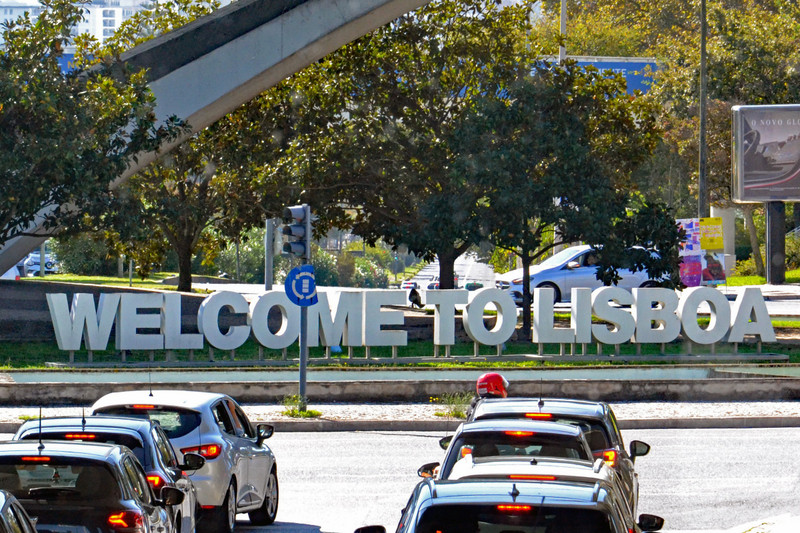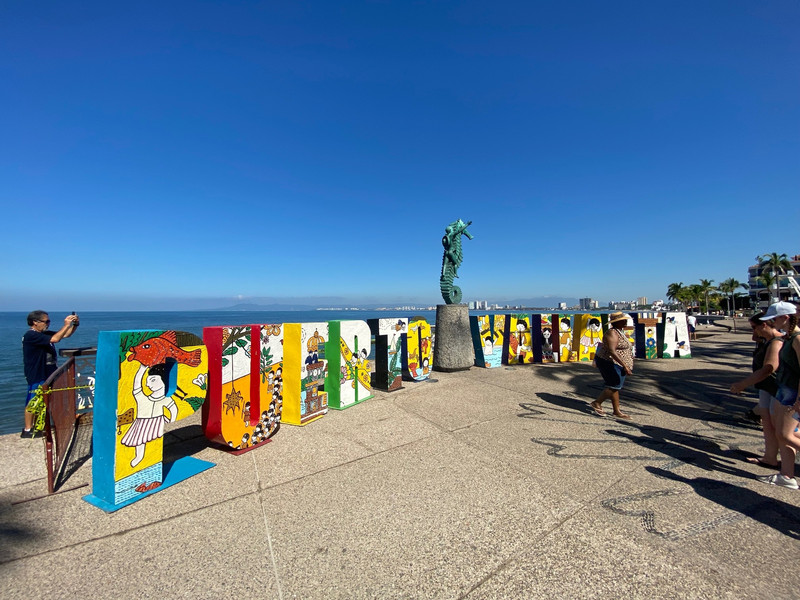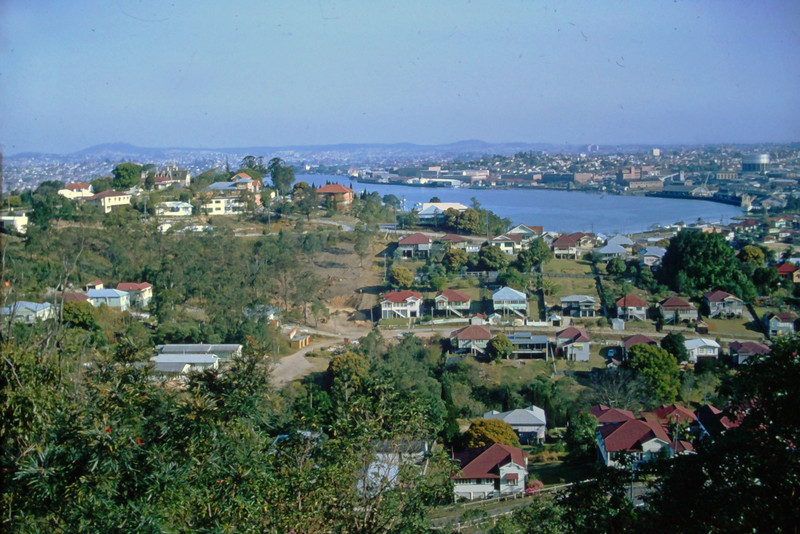When Italian immigrants moved to this Manhattan neighborhood in the late 1800s, they brought their customs, food and language.
Italy continued to suffer from droughts that destroyed the Southern farmlands and encouraged cholera, malaria, and parasites. With the Italian economy struggling Italian young men moved to America in an attempt to make and send money back to their families still living in Europe. Sadly, the domestic and political situations in the 19th century only disintegrated with the mafia and corruption so that entire families to move permanently to America.
In September 1926 with the new arrival of immigrants from Naples. The Italian immigrants congregated along Mulberry Street in Manhattans Little Italy to celebrate San Gennaro as the Patron Saint of Naples.
By the late 1930s, Little Italy was 98 percent Italian, although many left to Brooklyn, Staten Island, and other boroughs after World War II for more space.
The influence of the mafia weakened as the NYPD and court system pushed to eradicate the crime syndicate from New York. Currently, the shops and restaurants
that mafia members owned and managed have renamed themselves and repainted the walls, yet some traces of a bygone era still remain.
Another original establishment is Ferrara bakery 1892, still a family owned business operated by the fifth generation.
New Yorks Chinatown is located right next to Little Italy so it wasnt long before we left Italy and arrived in China!
A new installation of hanging lanterns was a recent addition, put up during the pandemic to encourage people to continue to visit the area as businesses were suffering due to the lack of visitors,
A statue of Confucius stands in Confucius Plaza just outside the of the same name, built in the 1970s for the neighborhoods booming population.
it reads in gold Chinese calligraphy and English in all caps, IN MEMORY OF THE AMERICANS OF CHINESE ANCESTRY WHO LOST THEIR LIVES IN DEFENSE OF FREEDOM AND DEMOCRACY.
Up until about 1820, the square was used as a large open air market for goods and livestock. By the century, it became a center for tattoo parlours & was considered a very seedy place. In the 20th centurythe area was reformed.









